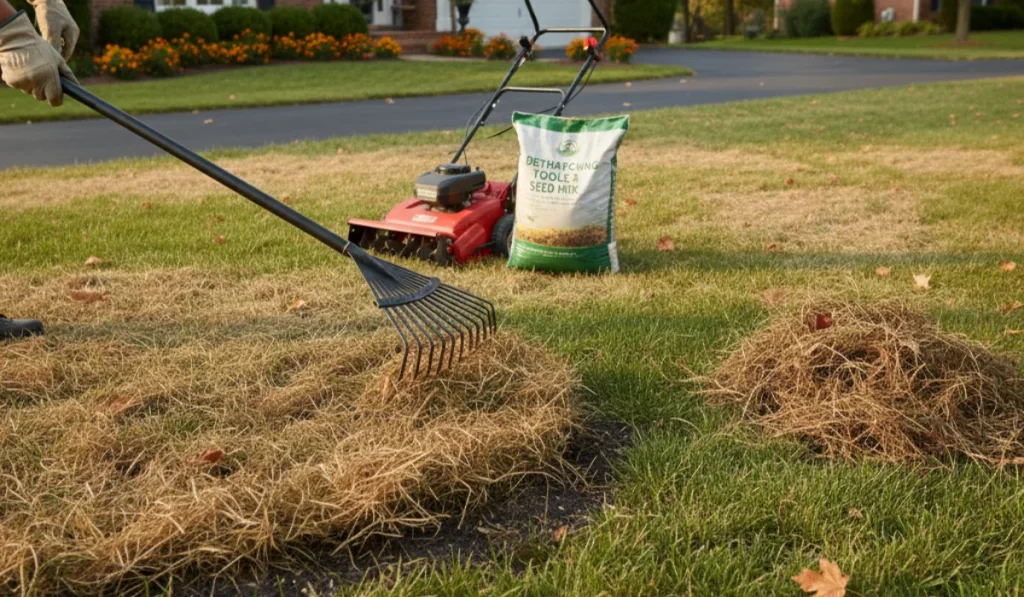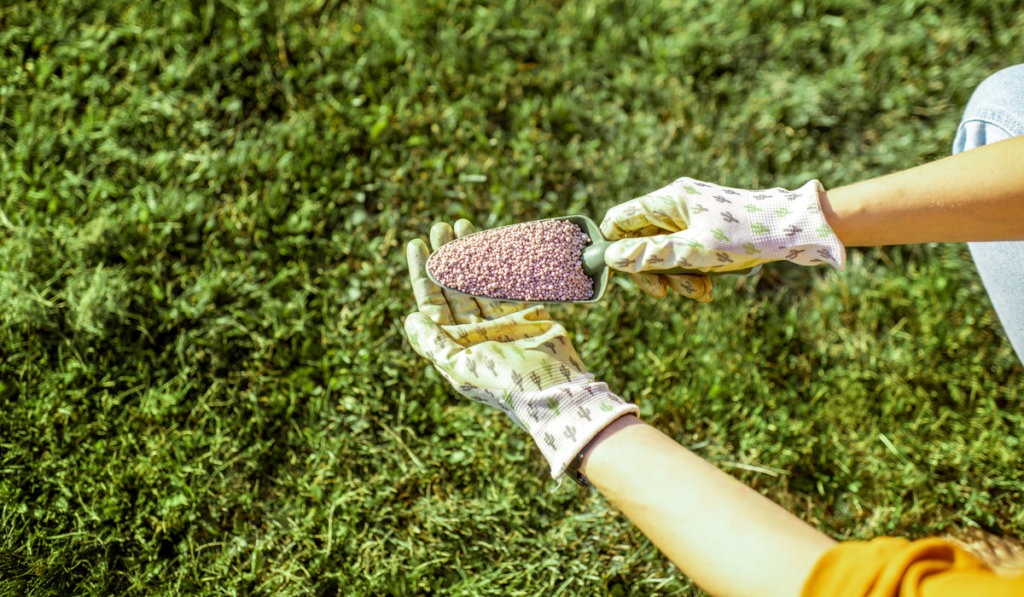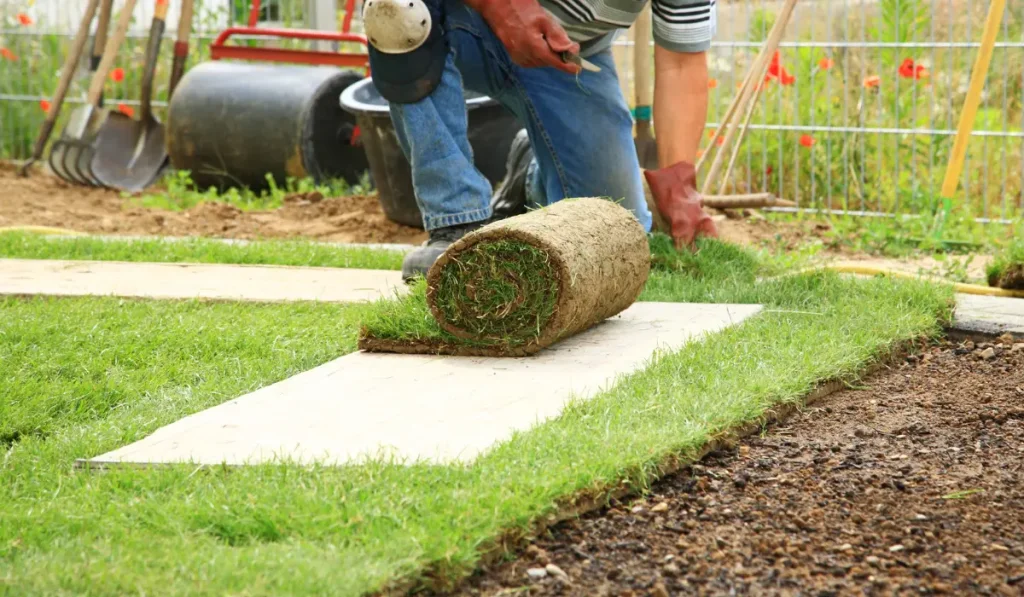Nobody wants to deal with the nuisance of lawn gnats. These tiny insects can swarm in large numbers, making spending time in your yard unpleasant.
To get rid of lawn gnats, it’s crucial to address moisture issues and eliminate their breeding grounds.
Are there specific reasons why your lawn might be attracting these pests? Keep reading to learn how to get rid of gnats with more effective methods.
Key Takeaways
- Solving a gnat issue requires you to address root causes, such as overwatering and poor drainage.
- Eco-friendly gnat control options include beneficial nematodes, diatomaceous earth, and repellent plants.
- If DIY efforts fail, specialists in lawn care and pest control can provide effective treatments for gnat infestations.
1. Check for Overwatering and Poor Drainage
Overwatering your lawn can result in persistently moist soil (standing puddles or saturated soil), an ideal breeding ground for fungus gnats.
To alleviate this, here’s what you can do as homeowners:
- Check soil moisture: Avoid watering if the soil is still moist.
- Improve drainage: Aerate the lawn and incorporate sand or organic matter into the soil to assist with drainage.
- Watering schedule: Water early in the morning to allow the lawn to dry throughout the day.
2. Manage Organic Matter
Organic matter such as grass clippings, compost piles, and mulch provide nutrients, food sources, and breeding grounds for gnat larvae. These materials retain moisture, which can attract female gnats to lay eggs on your lawn.
Managing organic debris is crucial in disrupting the habitat conducive to gnat reproduction. This involves regularly removing excess grass clippings and maintaining mulch layers and compost piles.
3. Reduce Shade and Plant Density
Gnats are attracted to shady, densely planted areas with poor air circulation, which contributes to moist soil conditions. These factors create an environment where gnats and their larvae can proliferate.
To prevent this, consider these tasks:
- Trim plants: Regularly prune plants to allow sunlight to reach the soil.
- Space plants: Avoid planting too densely; ensure ample space between plants.
- Improve airflow: Consider strategic plant placement or removal to enhance air movement.
4. Beneficial Nematodes
Beneficial nematodes are microscopic worms that target and kill lawn gnats in their larval stage. These nematodes are harmless to humans, pets, and plants but deadly to many soil-dwelling pests.
To use beneficial nematodes effectively:
| Considerations | Details |
|---|---|
| Purchase Species | Look for nematodes, such as Steinernema feltiae, labeled explicitly for gnat control. |
| Application | Apply to moist soil, either early morning or late evening, following the package instructions. |
| Storage | Store unused nematodes in the refrigerator to maintain their viability. |
5. Diatomaceous Earth
Diatomaceous earth (DE) is a natural powder made from fossilized algae. It dehydrates and kills gnats upon contact.
When using diatomaceous earth, observe the following:
- Apply in Dry Conditions: DE must stay dry to be effective, so apply during dry weather.
- Focus on Problem Areas: Spread DE around gnat hotspots such as compost piles and mulch.
- Safe for Plants: Safe for use on houseplants and around potted plants.
- Precaution: Always wear a mask when handling DE to prevent inhalation.
6. Gnat-Repelling Plants
Certain plants naturally repel gnats with their scent. Planting these around your lawn can help keep gnats at bay.
To create a pest-deterrent environment, effective gnat-repelling plants include:
| Plant | Details |
|---|---|
|
Marigolds
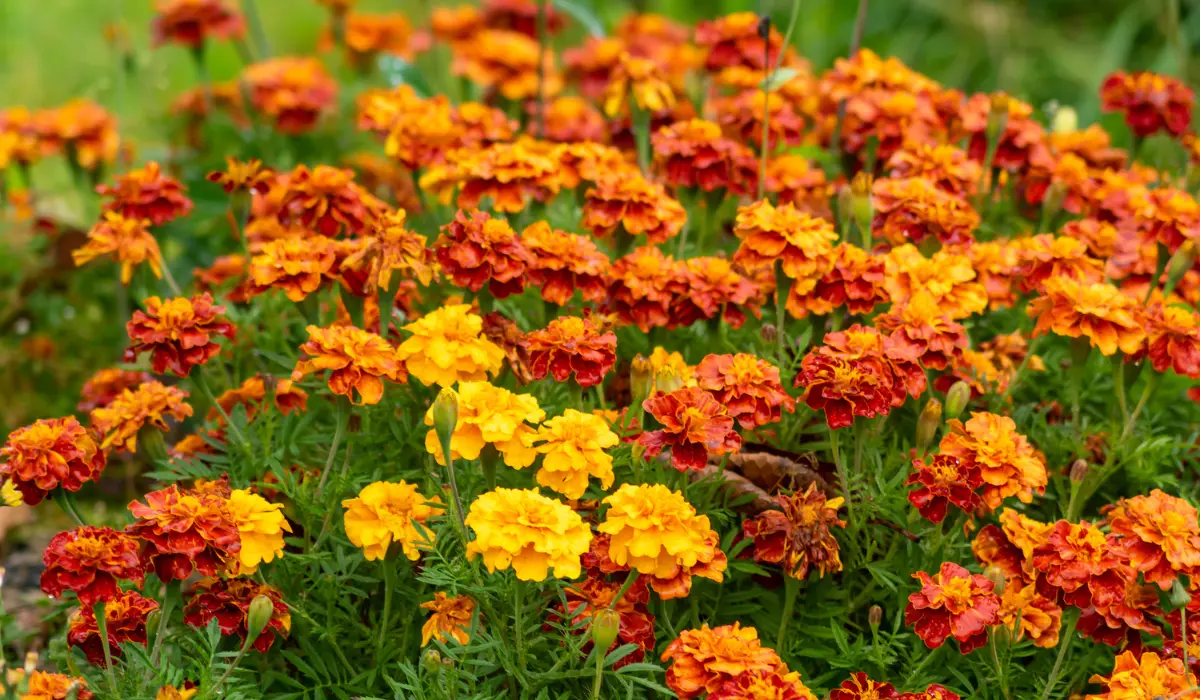
|
Known to repel a variety of pests. |
|
Lavender
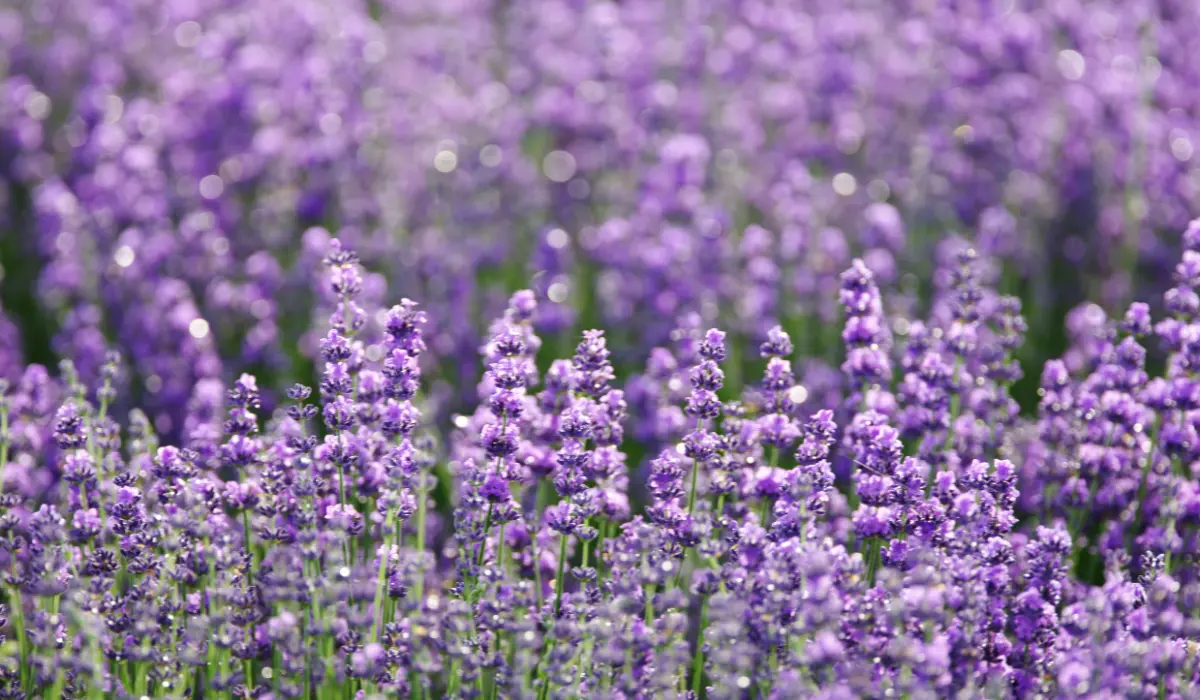
|
Pleasant for humans, repulsive to gnats. |
|
Basil
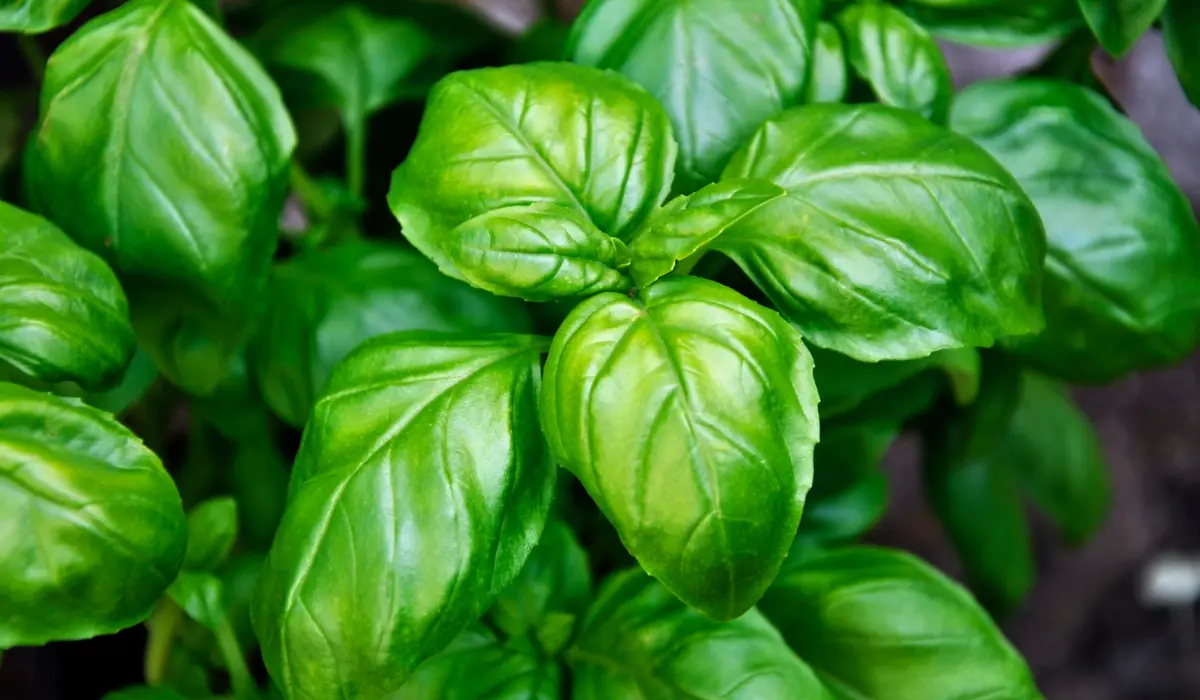
|
Repels gnats while being a useful herb. |
7. Vinegar Traps
In addition to the commercially available flypapers, sticky traps, or fly traps, you can use vinegar, which has attractive properties to lure and trap gnats.
Steps to make an effective vinegar trap include:
- Use Apple Cider Vinegar: Pour into a shallow dish.
- Add Drops of Dish Soap: Reduces surface tension and traps gnats more effectively.
- Cover with Plastic Wrap: Poke holes in the wrap to allow gnats to enter but not escape.
- Use Strategically: Place gnat traps where gnats are most active.
8. Baking Soda
Baking soda is often recommended as a home remedy for outdoor gnats, a common type of lawn gnat. While the exact science behind its effectiveness has yet to be fully understood, there are two main theories.
| Theories | How It Might Work |
|---|---|
| Desiccant Effect | Baking soda absorbs moisture from the gnats’ soft bodies, causing dehydration and death. |
| Digestive Disruption | If gnats ingest baking soda, it disrupts their internal processes and can be fatal. |
9. Essential Oils
Essential oils such as eucalyptus, peppermint, and tea tree oil are natural gnat repellents. These oils can be used in various ways to deter gnats.
Since they are safe for indoor plants and outdoor areas, use essential oils as an insect repellent through:
- Spray Bottle: Mix water with a few drops of essential oil and spray around the lawn.
- Diffuser: Use outdoors to spread the scent over a wide area.
- Cotton Balls: Soak and place around high-gnat-activity zones.
10. Hire a Lawn Care or Pest Control Expert
Lawn care experts can help manage and prevent gnat infestations through proper maintenance and care of outdoor spaces.
To address your gnat problem, professional lawn care includes:
| Lawn Care Aspects | Description |
|---|---|
| Routine Assessment | Identifying and addressing standing water or damp areas where gnats breed, such as birdbaths, gutters, and trash cans. |
| Lawn Treatment | Using eco-friendly landscaping sprays and safe treatments for pets and humans. |
| Maintenance Tips | Providing advice on mowing, watering, and overall upkeep to prevent future issues. |

